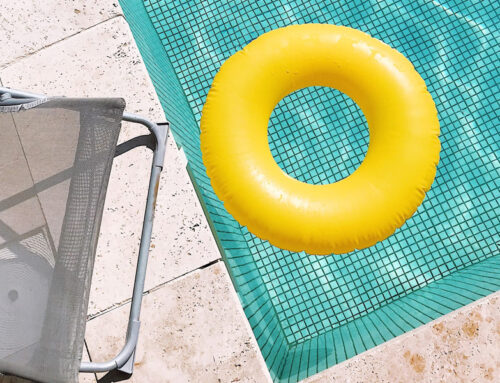A sparkling, crystal-clear pool is the epitome of summer relaxation, but the unwelcome presence of algae can quickly turn that dream into a nightmare. Algae thrive in warm, nutrient-rich environments, and without proper maintenance, they can take over a pool, turning the water green and creating an unsightly and potentially hazardous swimming environment. To combat this persistent problem, pool owners can employ a range of proven pool cleaning techniques to keep their oasis clear and inviting.
- Regular maintenance routine: The first line of defense against algae is establishing a consistent and thorough pool maintenance routine. Skimming the surface, cleaning out skimmer baskets, and vacuuming the pool floor are essential tasks that help remove debris and prevent the buildup of nutrients that algae feed on. Regular water testing ensures that the pool’s chemical balance remains optimal, making it less conducive to algae growth.
- Proper chlorination: Chlorine is a powerful sanitizer that effectively kills algae and other microorganisms. Maintaining the right chlorine levels in the pool is crucial for preventing algae blooms. Pool owners can use chlorine tablets, liquid chlorine, or granular chlorine to ensure a steady release of this disinfectant into the water. Shock treatments, which involve adding a concentrated dose of chlorine, are particularly useful in eliminating existing algae and preventing their resurgence.
- Algaecides: For stubborn algae problems, the use of algaecides can be an effective solution. Algaecides are chemical treatments specifically designed to combat algae growth. Copper-based algaecides are common and act by disrupting the algae’s cellular structure. While algaecides can provide a quick fix, they are most effective when used as a preventive measure or in conjunction with regular maintenance and proper chlorination.
- Brushing and scrubbing: Physical removal of algae is crucial for effective cleaning. Brushing and scrubbing the pool walls, floors, and other surfaces disrupt algae colonies, making them more susceptible to chemical treatments. Pool brushes with stiff bristles are effective in dislodging algae from surfaces, facilitating their removal during the filtration process.
- Optimizing filtration: A well-functioning filtration system is vital for removing algae and other particles from the pool water. Regularly clean or backwash the filter to prevent clogs that can hinder its efficiency. Upgrading to a high-capacity or more advanced filtration system may be necessary for pools experiencing persistent algae issues.
- Shade and circulation: Algae thrive in stagnant water and areas with ample sunlight. Strategically placed shade structures and optimizing water circulation help minimize these favorable conditions. Installing pool covers when the pool is not in use prevents sunlight exposure and reduces the risk of algae growth.
Maintaining a clear and algae-free pool requires a combination of preventive measures and targeted cleaning techniques. By incorporating regular maintenance, proper chlorination, algaecides, brushing, optimizing filtration, and addressing environmental factors, pool owners can enjoy a pristine swimming experience throughout the summer months. With a proactive approach to pool care, battling algae becomes a manageable task, allowing for a refreshing and inviting pool oasis for family and friends.






